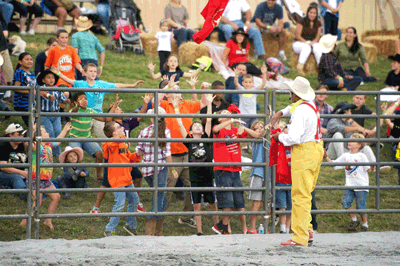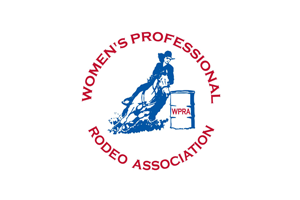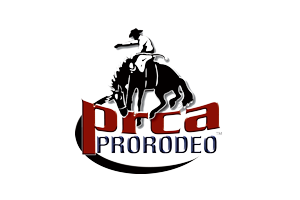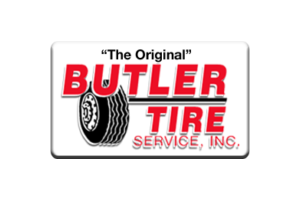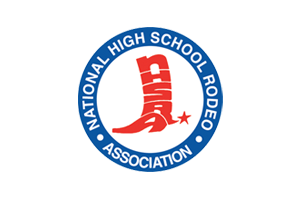
Across Maryland and the mid-Atlantic region, we are proud to bring the fun and excitement of the rodeo to our enthusiastic fans! Along with that fun and excitement, the rodeo has a long history. Here are some great facts you may or may not know about the rodeo!
• The word “rodeo” is loosely derived from the Spanish word for “round-up,” or literally, rodear, “to surround.”
• The English word “rodeo” was first used around 1834 to refer to a cattle round-up.
• Rodeo events are based on the real-life skills of working vaqueros and cowboys, first in Spain and Mexico, and later in the United States, Canada and Australia.
• The first recorded rodeo was held in Arizona in 1864 and women joined the rodeo circuit in the 1890s.
• Buffalo Bill (William F. Cody) created the first major U.S. rodeo and Wild West Show in 1882, in North Platte, Nebraska.
• Before WWI, competitors couldn’t earn a living on rodeo winnings alone, so many were also Wild West show performers or performed entertainment acts at rodeos. Vaudeville hosted many of these acts during the rodeo offseason.
• Cowboy competitions weren’t exclusively called rodeos until the 1920s, with professional cowboys officially adopting the term in 1945. Until then, competitions were commonly referred to as frontier days, stampedes and cowboy contests.
• Before the 1930s, rodeos were independent and organizers chose events from almost 100 different possibilities.
• Before the 1940s, the most popular competitions included trick riding and fancy roping. Also in demand were gymnastic feats performed on horseback at high speed, and Roman standing races where riders stood upon a pair of horses, one foot on each horse.
• In 1940, Gene Autry became so popular as a rodeo singer that even today rodeo producers attract crowds with country singers headlining at rodeos.
• Today’s Professional Rodeo Cowboys Association rodeos must include calf roping, bareback riding, saddle bronc riding, bull riding and steer wrestling. Optional events are steer roping and team roping.
• The harder a bull bucks, the higher the cowboy’s score, with 100 points being the highest.
• In 1991, Wade Leslie scored the only 100-point bull ride in the history of rodeo.
• Modern bucking broncos are not wild horses but are bred for use in rodeos. A proven bucking bronco may cost between $8,000 and $10,000.
• Rodeo is the official state sport of Wyoming and Texas.
• For many colleges, particularly in the western United States, rodeo is an official team sport!

